Meknès is the least known imperial city in Morocco, and therefore has a special charm. Getting lost in the maze of alleys in its Medina and haggling in its souk is the best way to get to know it. Here are the 16 best places to see in Meknes.
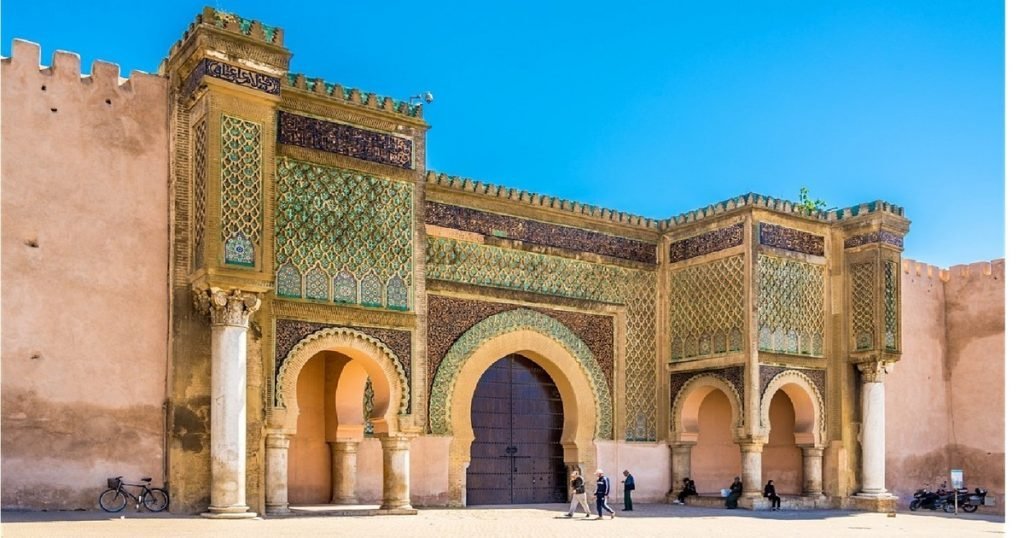
16 Things To Do In Meknes
Enjoy The Medina
Without a doubt, the Medina of Meknes is its main attraction. It is considered a World Heritage Site by UNESCO and you cannot miss it. This was the Medina that we enjoyed most in Morocco: those of Marrakech and Fez are stressful, the sellers do not let you look at the shops quietly and that makes them lose their charm.
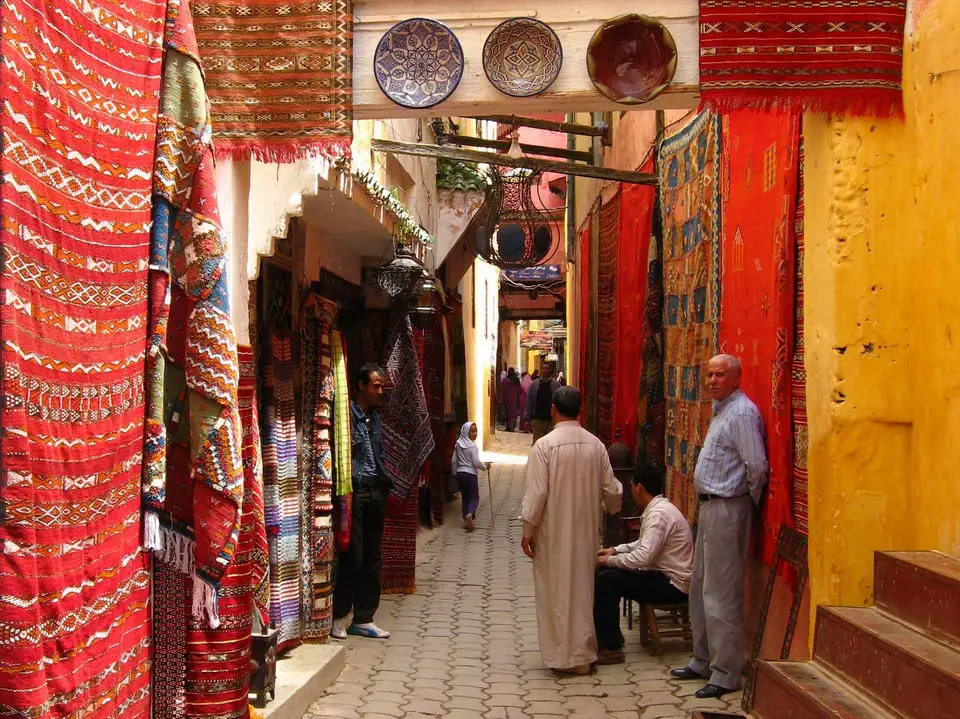
The one in Meknes is very small, varied and it is a good place to buy souvenirs, as it is less touristy and much cheaper than the ones we mentioned before. Without a doubt, getting lost in its narrow, aimless streets is a must in Meknes.
Shop in Souks
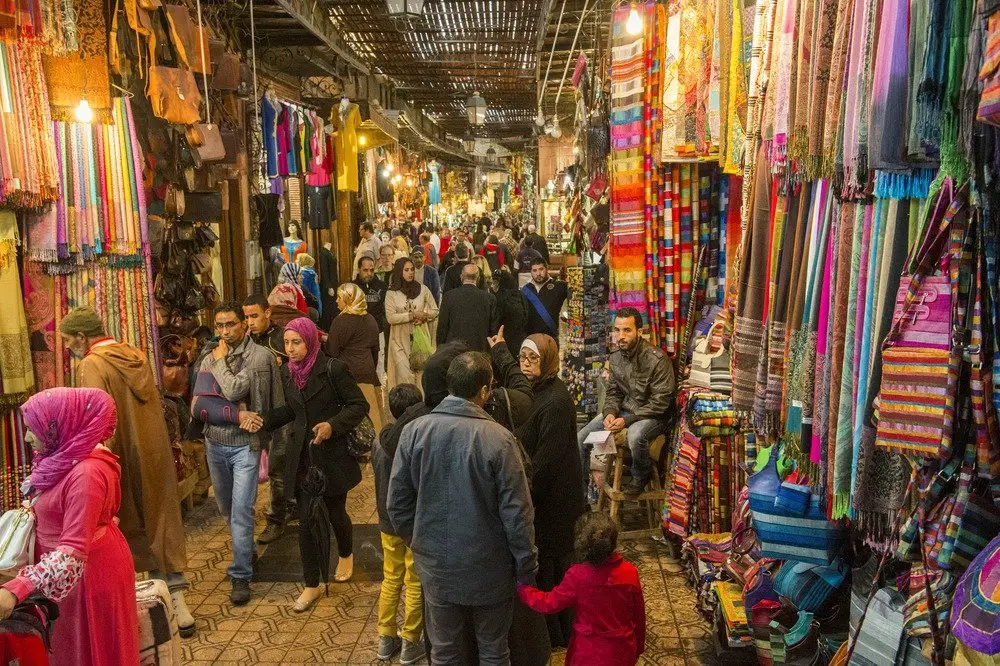
Like we said, you can’t pass up the opportunity to shop in the souks. You will surely visit Fez or Marrakech later on, so take advantage of this opportunity to take home Moroccan handicrafts at the best price. In the Nejarine Souk you will find lots of shops selling clothes and other textile products while in the Sebbat Souk you will find the best Moroccan handicrafts.
Visit the Bou Inania Madrassa, a must in Meknes
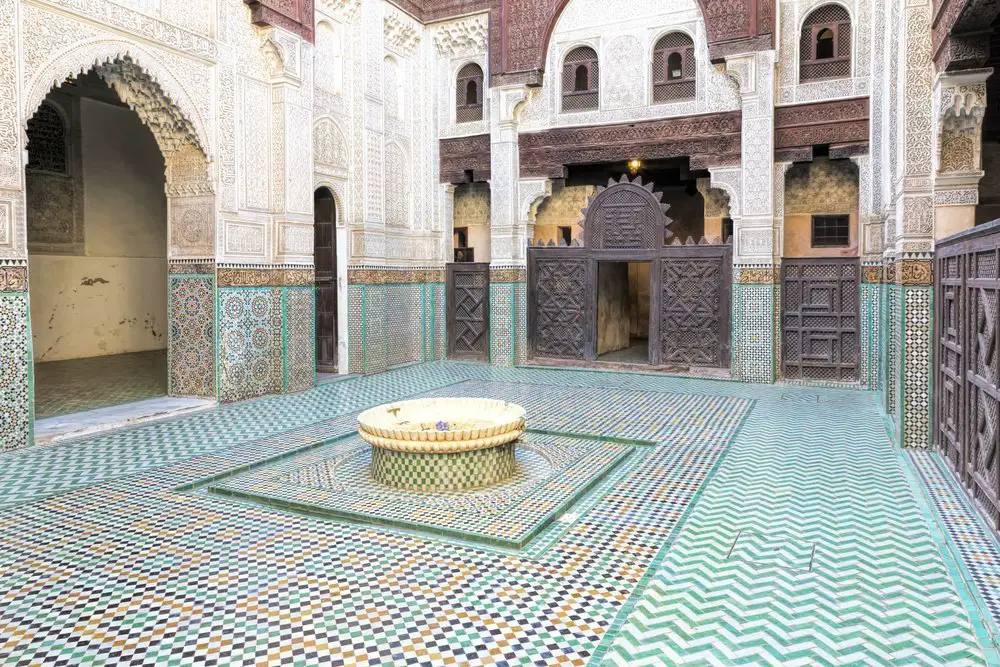
No, we’re in the right city. Like Fez, Meknes also has a madrassa with the same name, and in our opinion, much prettier. Visiting it is a must in Meknes. This building was built in the 14th century and is considered one of the best monuments that the Merinids left in the city. It is an authentic marvel of Islamic architecture. Its columns and doors are perfectly decorated and very well preserved.
What we liked most was its tranquility compared to the madrasas in Fez or Marrakech. We were enjoying it alone for more than half an hour.
The entrance fee is 10 dirhams (about 1 euro). Don’t forget to visit it!
Visit the Grand Mosque of Meknes
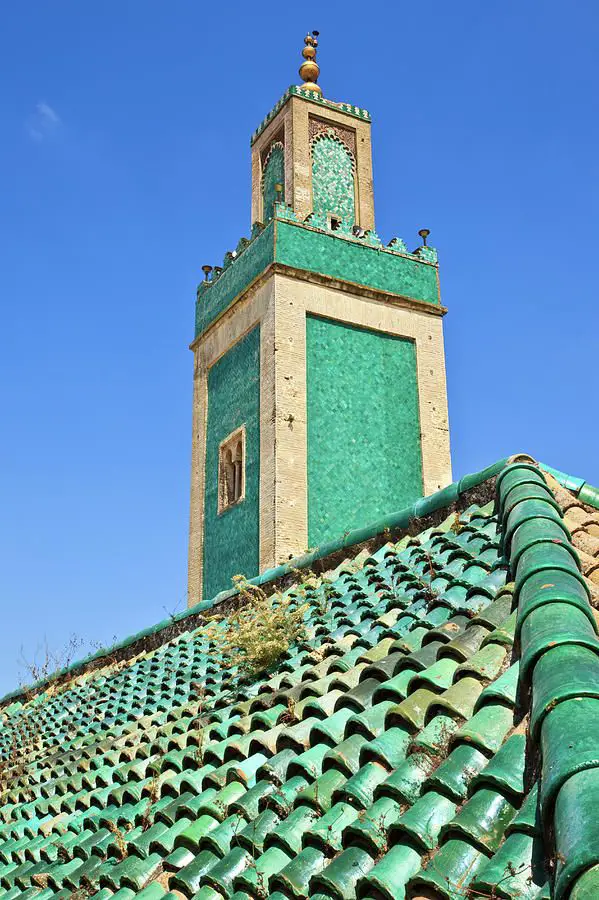
A fun thing to do in Meknes is to take the Great Mosque as a reference. This religious building, which dates from the 11th century, was built by the Almoravids. It is located in the heart of the Medina. So if you get lost, take its green minaret as a reference and head in this direction. It’ll never fail.
Visit the El Hedim square, the miniature of Jamaa El Fna
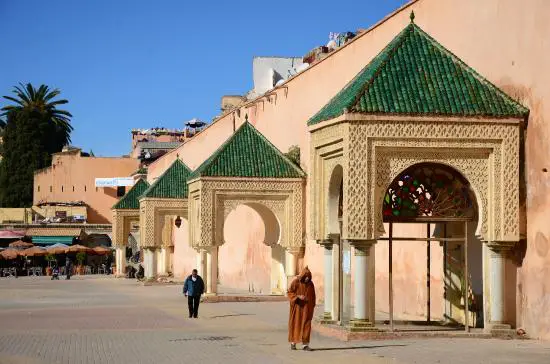
The El Hedim square square borders the Imperial City on one side and the Medina on the other. You will find street vendors, waiters who will insist (although less insistently than in Marrakech) that you eat in their restaurant and other surprises. We advise you to visit the square both it in the morning and in the evening. They are completely different places.
To be amazed by the beauty of the Dar Jamai Museum
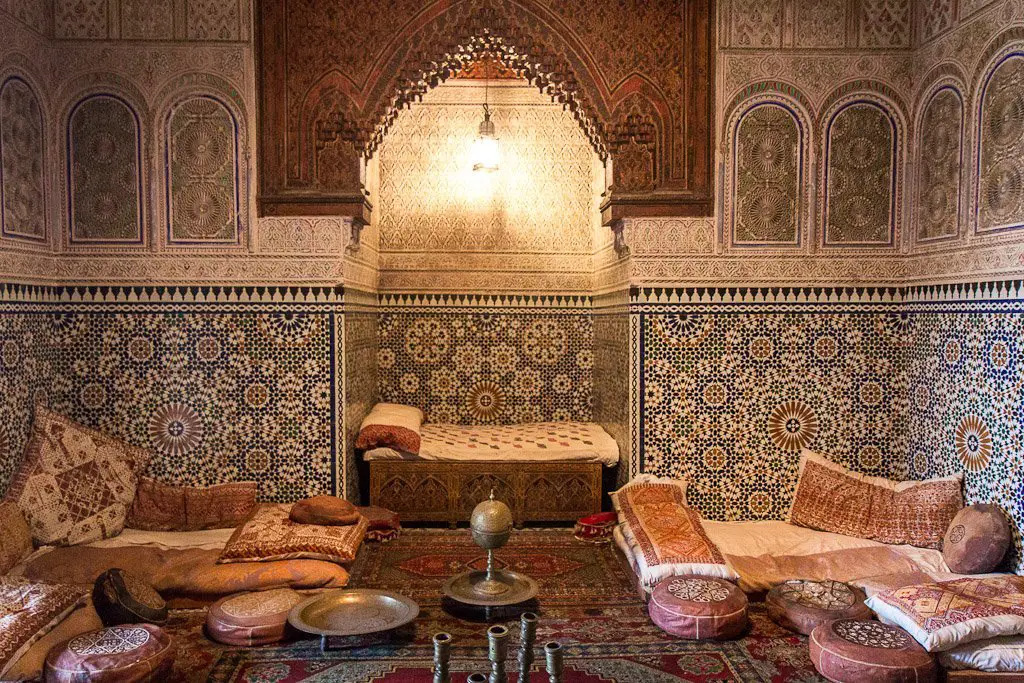
Right in front of the square is the Museum of Moroccan Art, also known as Dar Jamai. The palace was built in 1882 and until 1920 was the residence of the Jamai family, although since then it became a museum. There you can see many historical objects such as carpets, sculptures … but above all it is worth enjoying the building and its Andalusian garden.
Falling in love with the Bab El-Mansour Gate
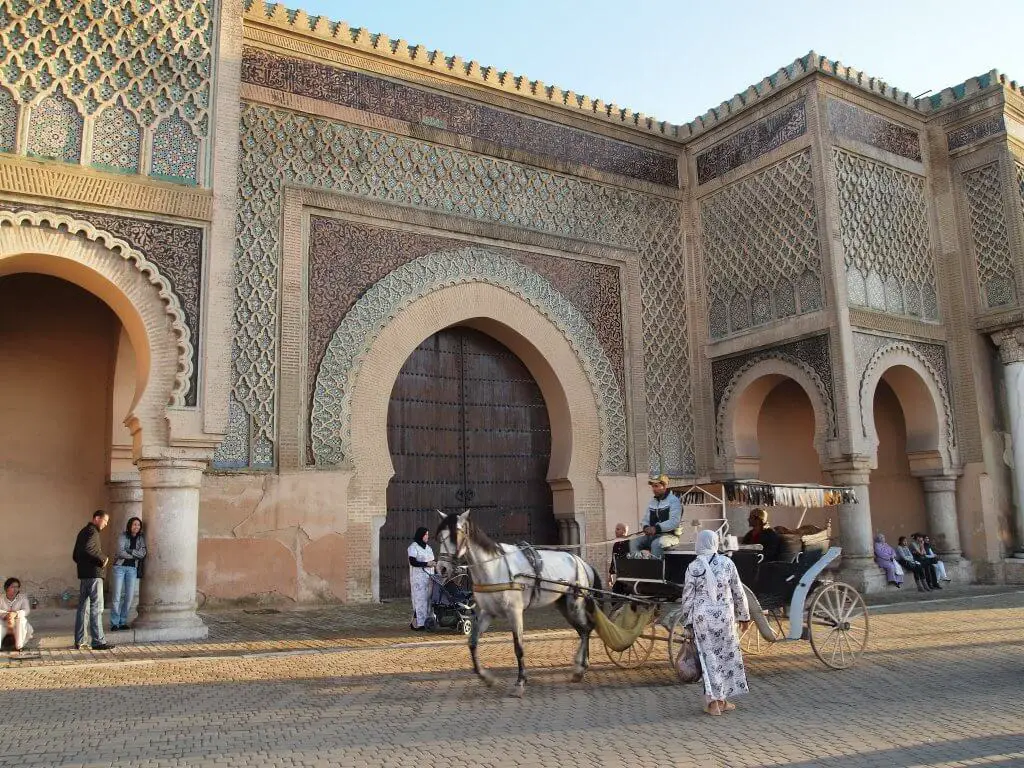
There are many doors in Morocco, but none as big as Bab El-Mansour. It is 16 meters high and is located at one end of the El Hedim square. It is considered the icon of the city. It was finished in 1732 after 60 years of construction. It was commissioned by the famous Sultan Moulay Ismail and hides a legend more than curious, although it is probably false.
When the sultan asked the architect if he could have done it better, he replied that he could. Then the sultan executed him. However, the door was finished in 1732, while Ishmael died in 1727. True or not, it doesn’t hurt to know his story.
And also that of Bab El-Khemis, another of the best doors to see in Meknes
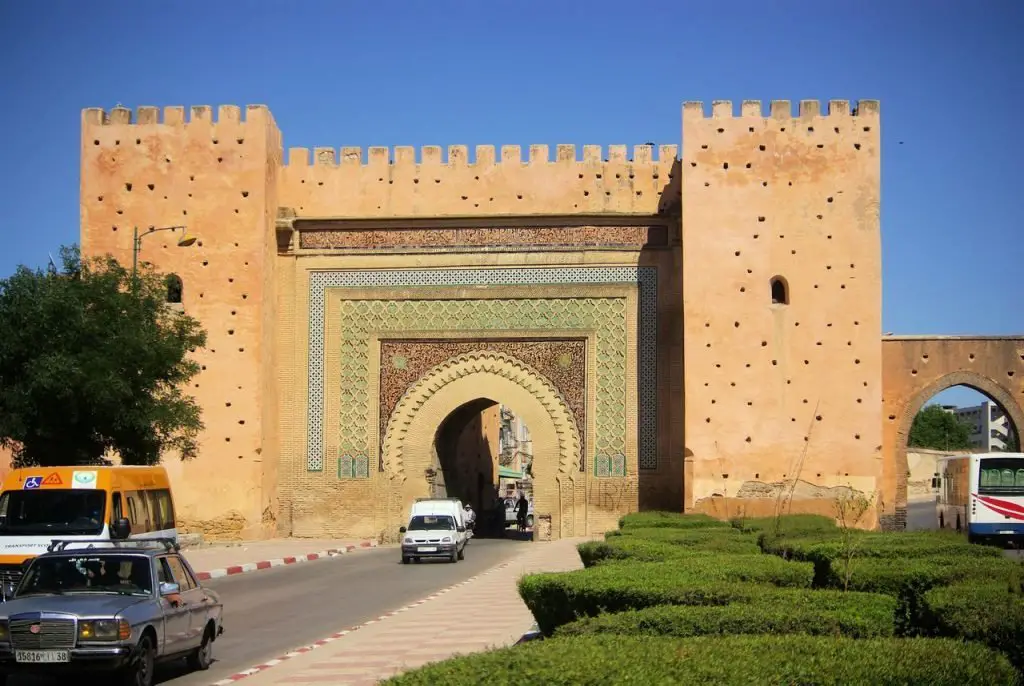
Although it is not as impressive as the previous one, it is also worth seeing. It was built in 1673, so it’s even older than Bab-El Mansour.
Visit the Mausoleum of Moulay Ismail
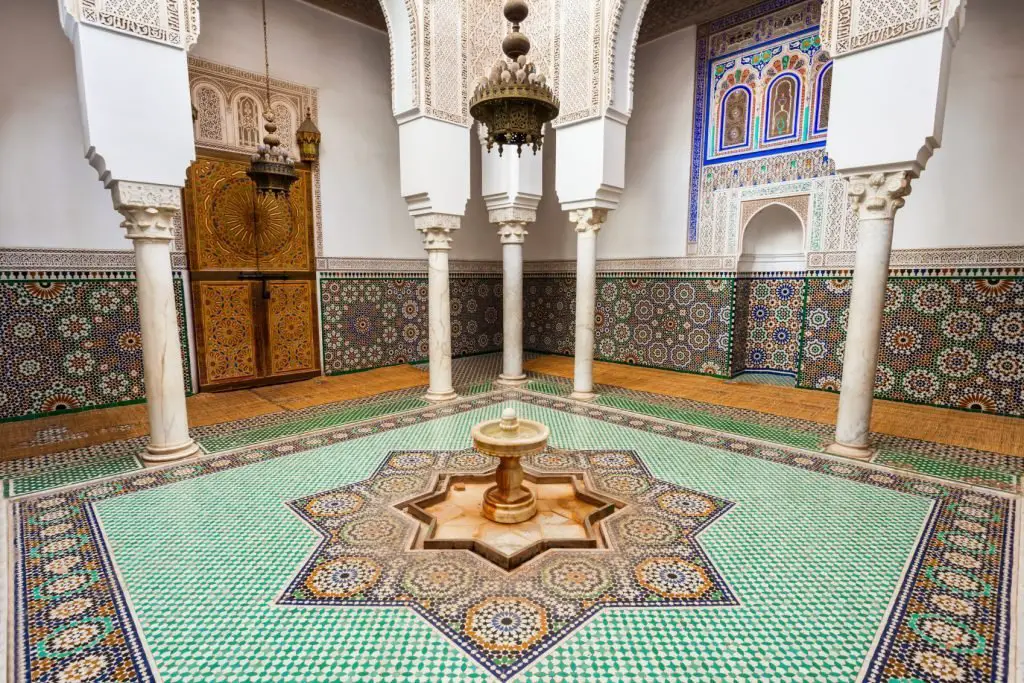
As we have said, Meknes would not be the city it is today without Sultan Moulay Ismail. He changed and built the history of the city. He was in charge of moving the capital of the kingdom from Fez to Meknes in 1675. He gave Meknes this imperial character. He ordered the construction of a wall with a perimeter of more than 40 kilometers to protect the palace and the capital.
He is a beloved character, although he also has a rather dark past. The story tells us that he loved to execute slaves, even sometimes for mere pleasure. In total, it is estimated that he executed more than 36,000 innocent people during his lifetime. If you are curious, another advisable thing to do in Meknes is to go to his Mausoleum. Its interior is spectacular, as it has incredible architectural details. However, access to the mosque is forbidden to non-Muslims. If you want to see it, you will have to do it from the outside.
Is it safe to travel to Morocco? Our experience and advice
Visiting Prison de Kara
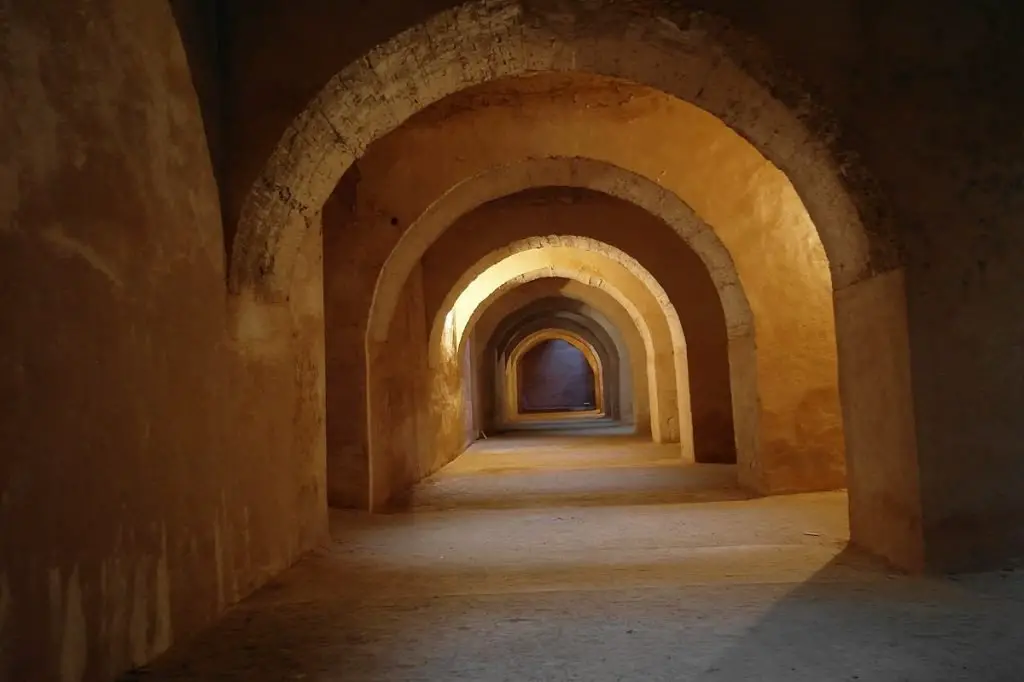
Although it is not one of the main attractions of the city, Prison de Kara is another recommended visit to make in Meknes. Sometimes it is also worth visiting dark corners like this underground prison. Built in the 18th century, it was where Moulay Ismail himself imprisoned Christian slaves before executing them. No doubt, you get goose bumps from the conditions the slaves had to suffer: no light and lots of humidity. The entrance fee is 10 dirhams (about 1 euro).
Breathing the air of the imperial city
Moulay Ismail empowered Meknes by naming it the capital of the country. Today you can still breathe that imperial air, especially when you walk around the Cité Imperiale area. You will have to walk down a fairly long avenue and with great confidence before you reach the Royal Palace.
Visit the Royal Palace of Meknes
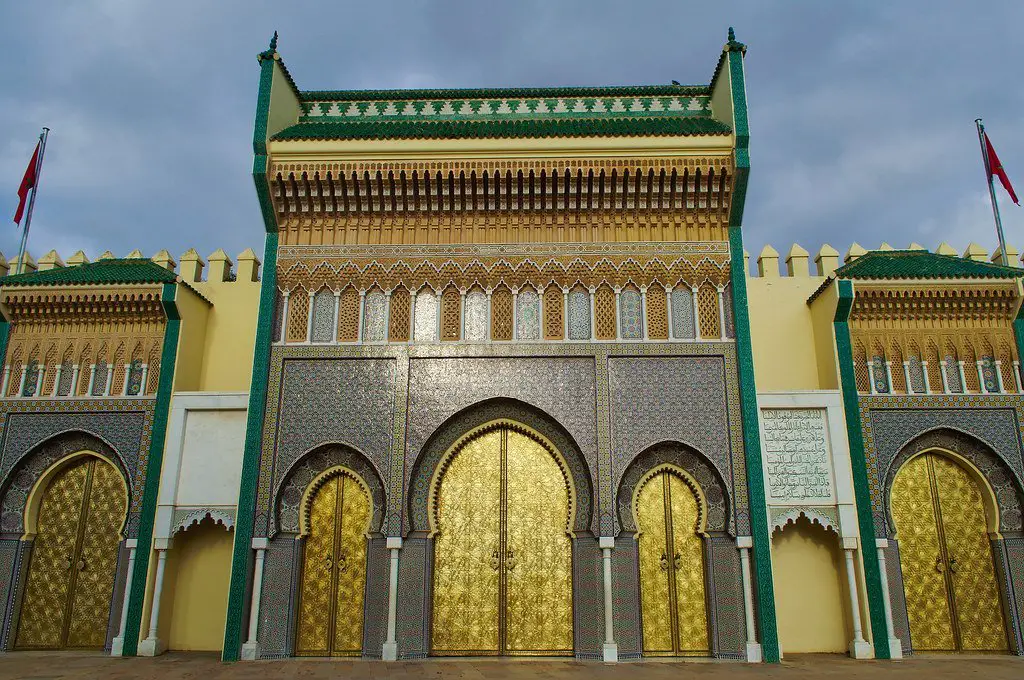
Like any major city in Morocco, Meknes also has a Royal Palace. And as in the other towns, it is also inaccessible. You’ll have to make do with seeing it from the outside. As it could not be otherwise, it was built by Sultan Moulay Ismail, where he resided until his death. Apart from being the residence of this sultan, it was also the residence of several monarchs, even after the city lost its title of capital.
To be surprised by the beauty of the Royal Stables
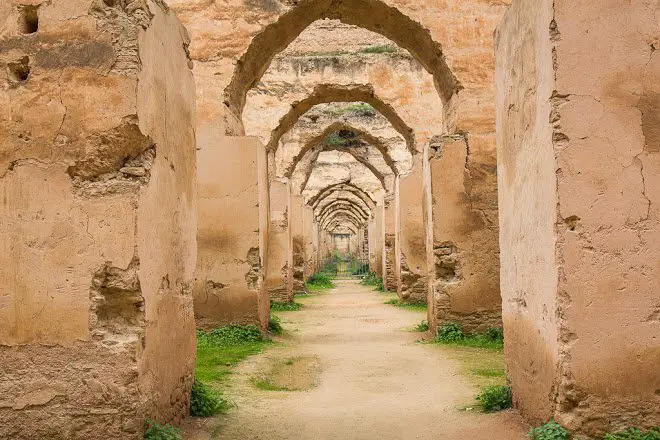
And following the road, past the Royal Palace you’ll reach the Royal Stables. Even if they’re a bit far from the centre, it’s worth a visit. During the visit you will see two parts, one inside and one outside: the inside, quite dark and damp, was used to store the grain. However, the most interesting is the outside, which was used as a royal stable to keep the horses. This part is especially beautiful. Even if it is not very big, it is worth walking and relaxing.
Relaxing at the Sahrij Swani, something different to do in Meknes
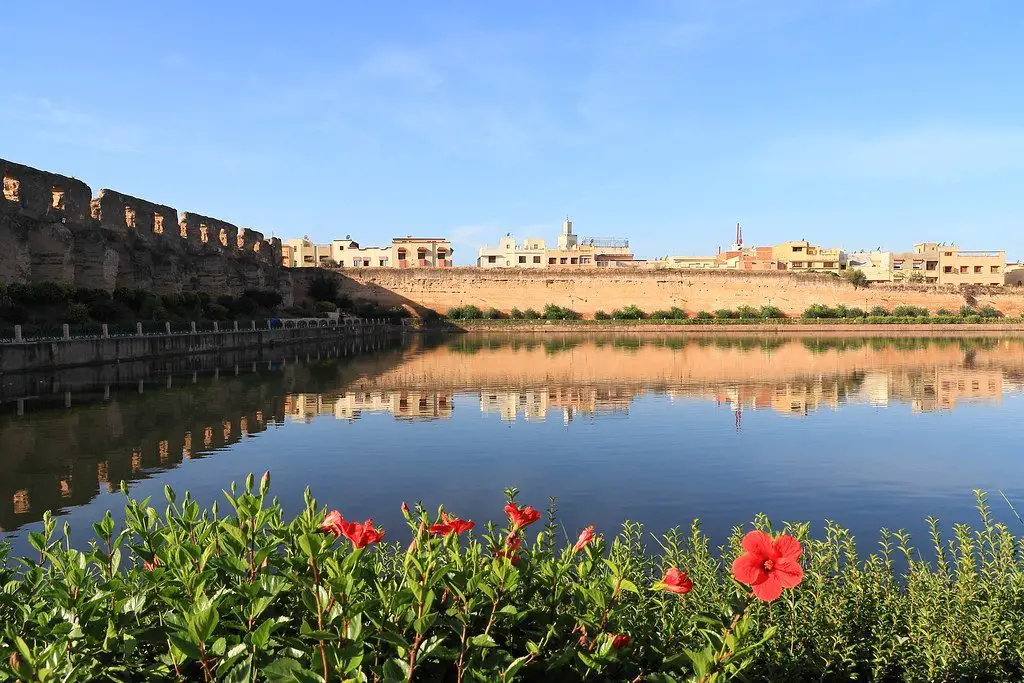
Right next to the Royal Stables is this beautiful pond. Many locals come to walk and exercise in its surroundings as it is one of the few quiet spaces in the city. After a morning of visiting, it is not superfluous to relax with those views.
Escape to Volubilis
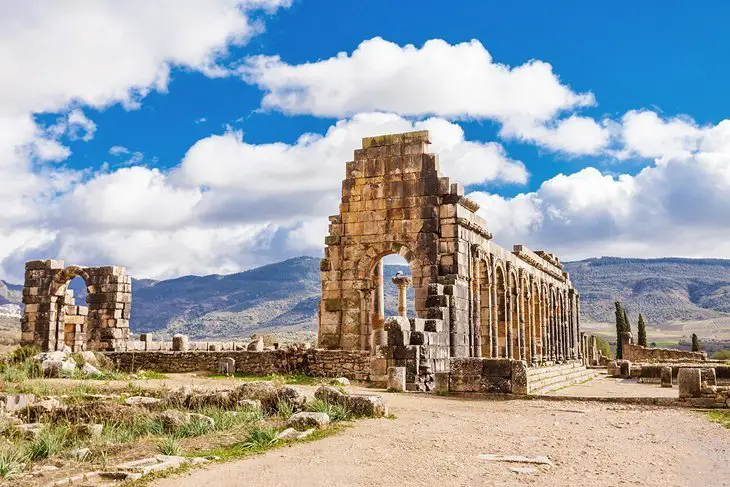
This excursion is a must in Meknes. Although many people choose to do it from Fez, it is farther away and more expensive. So let’s take advantage of it. Volubilis is the best preserved archaeological site in North Africa. It’s hard to believe that you can walk around a Roman city that’s over 24 centuries old.
Everything indicates that the city was founded by the Carthaginians in the 3rd century B.C. under the name of Oulili. However, in the year 40 it became part of the Romans. The site occupies about 20 hectares and hides real treasures such as the Triumphal Arch of Caracalla or the Temple of Jupiter Capitolinus. The entrance costs 20 dirhams (about 2 euros).
How to get from Meknes to Volubilis?
It is only 30 kilometers from the city. There are several options to go from Meknes to Volubilis. We have made a separate post dedicated to it so that you can choose the option that suits you best.
And also to Moulay Idriss Zerhoun
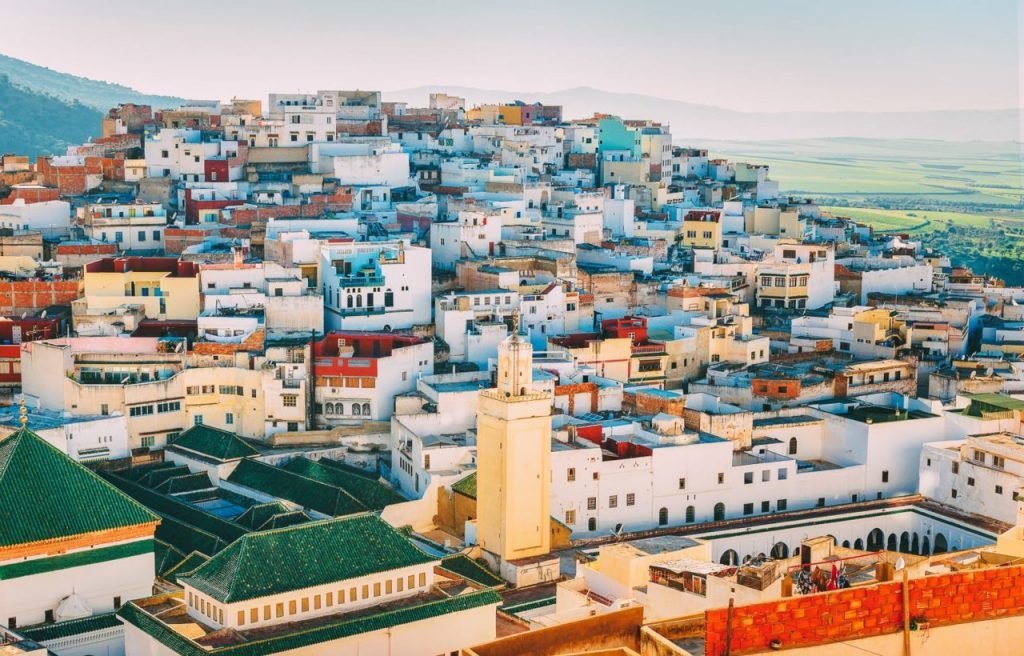
And finally, our last recommendation to make in Meknes is to visit Moulay Idriss. If you are finally going to Volubilis, you should take advantage of it and stop to see the holy city of Moulay Idriss. It’s on the way, 5 kilometers before the Roman ruins. Most excursions already include a stop at Moulay Idriss, but make sure you book it before you go.
It was founded in 788 AD and is named after Mohammed’s great-grandson, Idris I, founder of Fez and the Idrisid dynasty, the first Moroccan state. Although it is a holy city, there is no pressure on the tourist. However, it is important to know that you cannot enter its dedicated temple if you are not a Muslim.